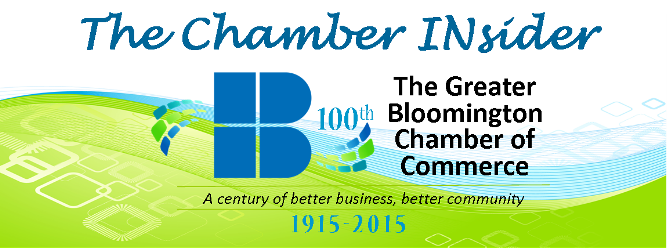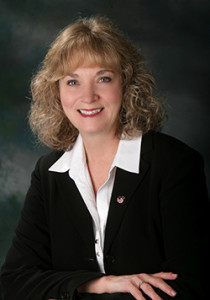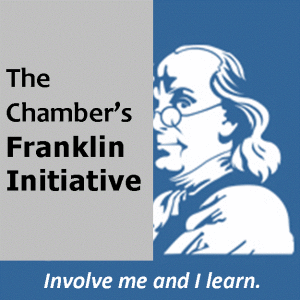This article is from forbes.com. We take no credit for this. It is written by Susan Adams a member of the Forbes staff.
The title of Karen Friedman’s new book isn’t exactly subtle. Shut Up And Say Something: Business Communication Strategies to Overcome Challenges and Influence Listeners lays out her no-nonsense philosophy about how to best get your point across, drawn from her 35 years of experience as a professional communicator. As a TV news reporter, she worked at local stations in cities from Milwaukee to Huntsville, Ala. For the last 15 years, she’s headed up Karen Friedman Enterprises, a communication coaching firm in Philadelphia.
How does she apply her ideas in the workplace? Her No. 1 rule, gleaned from two decades in the TV news trenches: “It is absolutely critical to be as direct, to the point and concise as possible,” she says, in a lively, forceful voice with a Philadelphia tinge. Vagueness is all too common in the workplace, she observes, and you easily remedy it by following the newscaster’s drill of spelling out who, what, where, when and why.
“Bosses often say, ‘Can you have that report to me? It’s really important, and I’d really like to have it,’” Friedman says. A more effective way to deliver that message: “Can you please get that report to me? I’d like it on my desk by 5 p.m. Friday.”
Another strategy Friedman draws from newscasting: Hit the headline first. Too many of us are just plain long-winded, she says. “People don’t need to know everything we know,” she explains. “Think about what the single most important point is that you need to make, the central idea. If your computer died or the fire alarm went off, what would be the one thing they needed to hear?”
Your attitude while talking is also important. “It’s not just your words that convey a message,” Friedman says. “It’s all of you.” If you slouch, jam your hands into your pockets, shuffle your feet and avoid eye contact, people will get the impression you don’t want to communicate with them. Pry your eyes and thumbs away from your electronic devices, she admonishes. “Pretend that your colleague is your adorable five-year-old who you would drop everything for if she walked into the office,” she suggests.
Remember that the world doesn’t revolve around you. For Friedman, this was a tough lesson to learn, coming from the ego-driven world of television. If you open yourself to other opinions and perspectives, you’ll find it much easier to get your own message across. “Take a poll at your next meeting,” she suggests. “Draw the other people out.”
Do ask open-ended questions. They can buy time, clarify where another person is coming from and prevent misinterpretation. For instance: “I’m not sure I understand what you’re saying, so could you give me an example?”
Friedman is also fond of the bromide that if you can’t say something nice, you shouldn’t say anything at all. “Don’t talk about other people. That identifies you as a gossip and someone who can’t be trusted,” she advises. You may think you’re being entertaining or engendering closeness, but “you meet the same people on the way up as on the way down.”
Another Friedman rule: No bull. If you have bad news to deliver, lay it out plainly. It’s difficult to talk about layoffs and belt tightening, but if you’re in a situation where you have to convey that sort of information, your employees and colleagues likely already know something is up. It is far better to be straight with them than not to communicate at all, even if you can’t give them the answers they’d like.
Always deliver bad news in person. It may seem easier to convey negative information via e-mail, but imagine how you’d feel if you learned electronically that your best work friend had been sacked, vs. hearing it from another human being.
Finally, don’t be a naysayer. Even if you think your colleague or boss is completely wrong about something, you can counter with an open-ended question that shows respect and a can-do spirit. One possible response: “Have you had a situation where that strategy worked?” Says Friedman, “You can learn from the answer to that, and not be a negative Nellie.”
http://www.forbes.com/2010/11/19/communicate-better-work-workplace-leadership-careers-job.html






